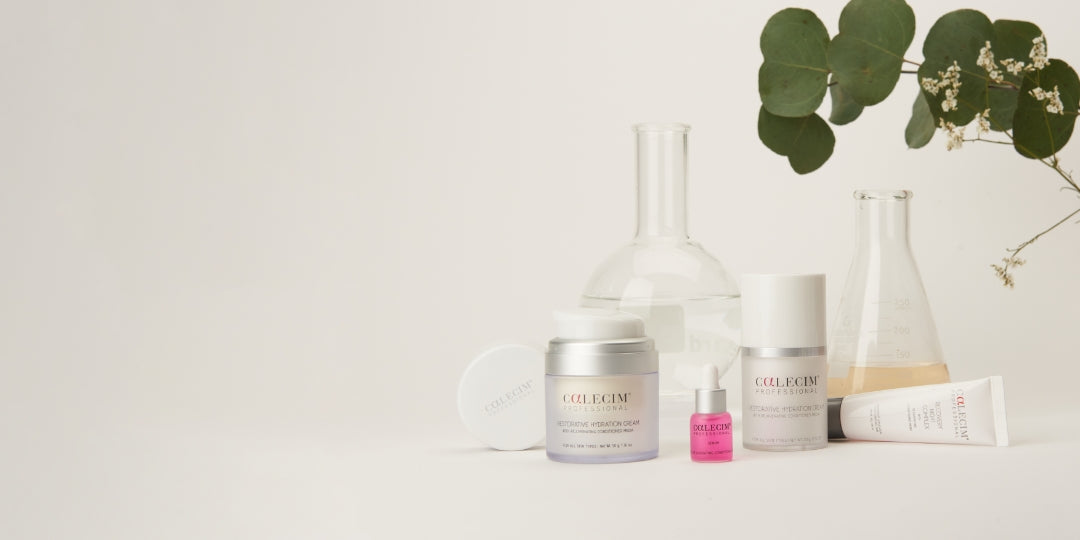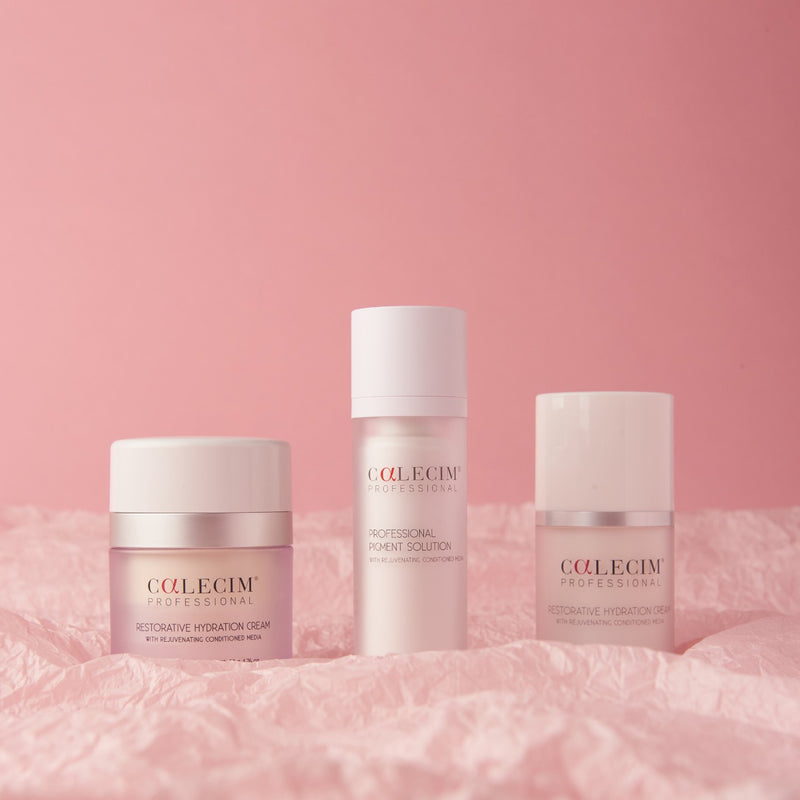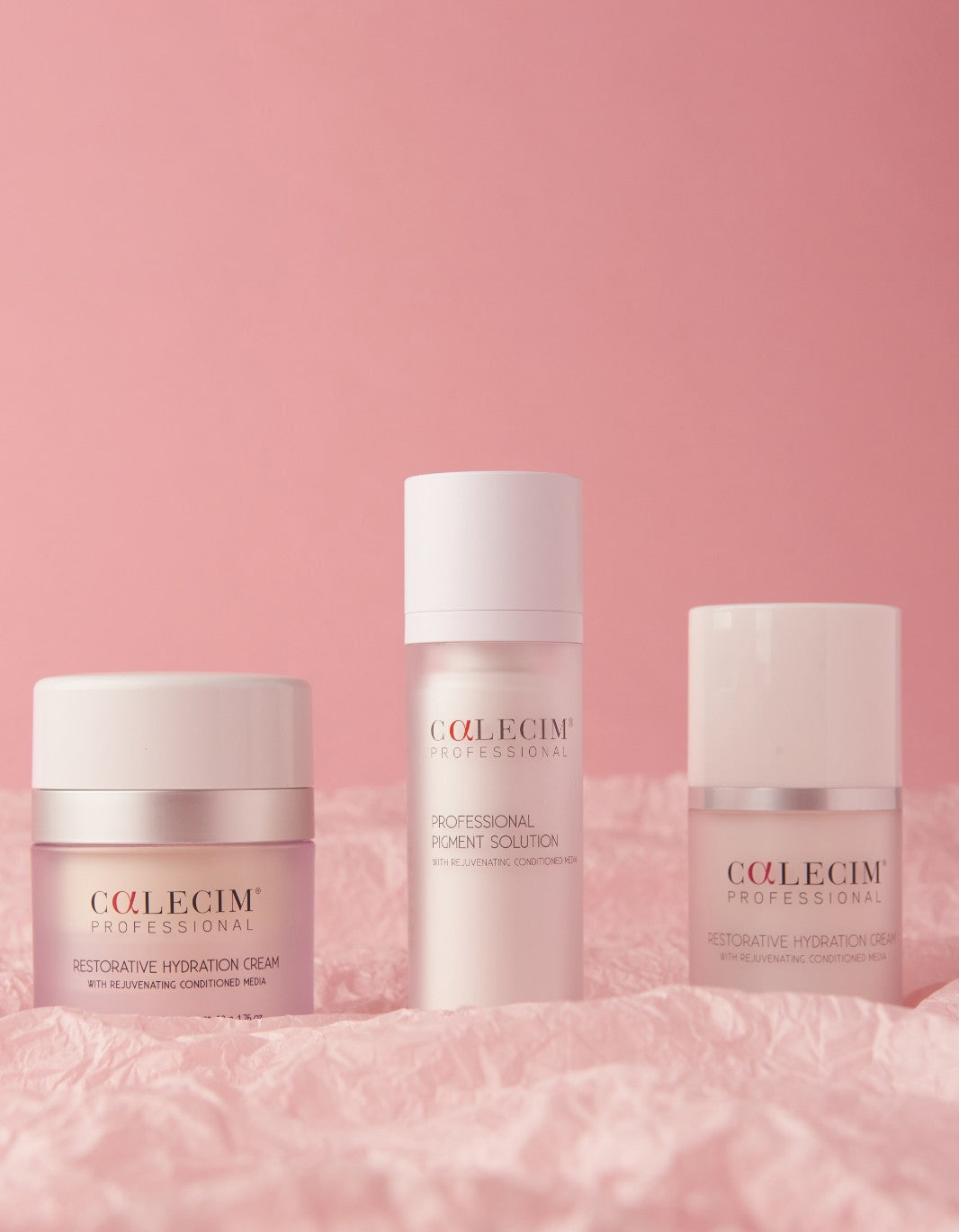PTT-6® demonstrated similar growth promotion effects to Minoxidil
Dr Li Chunxiang and Dr Yin Hui
Singapore Polytechnic
Department for technology and innovation
Introduction
The dermal papilla cells (DPC) play a crucial role in hair follicle biology, influencing hair growth and regeneration. Located at the base of hair follicles, these specialised mesenchymal cells are integral to the induction and regulation of hair follicle development and cycling by secreting various growth factors (1). Their proliferation is essential for maintaining hair follicle function and promoting the anagen phase, which is the active growth stage of hair (2). As a lack of DPC functions can result in hair loss via reduced hair growth signals, understanding DP functions is significant to develop novel approaches to prevent and treat hair loss. This study aimed to investigate the growth-promoting effects of CALECIM® on human follicle dermal papilla cells (HFDPC).

Methodology
In this work, the effects of PTT-6® were compared with Minoxidil, one of the current topical treatments approved to treat hair loss, particularly androgenic alopecia (3). The metabolic activities of the cells were measured using the WST-8 assay, which is a highly water-soluble tetrazolium salt that allows for the assessment of cell viability and proliferation
Results
The results in Table 1 revealed that PTT-6® significantly promotes the growth of dermal papilla cells:
- At a dilution of 160x,PTT-6® increased cell proliferation by approximately 10% compared to the negative control.
- At a dilution of 320x, PTT-6® demonstrated a 20% increase in cell proliferation, comparable to the negative control
These results highlight the effectiveness of PTT-6® as a growth promoter for DPCs. Table 2 summarizes the optimal concentrations for Minoxidil and PTT-6R®, demonstrating their comparable efficacy in promoting cell growth.
Table 1. Cell viability of HFDPC treated with Minoxidil and CALECIM®
|
Minoxidil |
|
PTT-6® |
|||
|
Concentration (μg/mL) |
% of Control |
|
Dilution Times |
NC % of Control |
PC % of Control |
|
200 |
43 ± 2.6 |
|
10 |
50.6 ± 1.8 |
79.6 ± 6.8 |
|
20 |
98.5 ± 7.7 |
|
20 |
83.5 ± 8.3 |
105.4 ± 7.5 |
|
2 |
124.5 ± 10.2 |
|
40 |
93.8 ± 7.3 |
101 ± 5.8 |
|
0.2 |
123.2 ± 8.4 |
|
80 |
95.3 ± 7.5 |
103.4 ± 7.1 |
|
0.1 |
120.8 ± 8.8 |
|
160 |
106.1 ± 6 |
111.9 ± 10.2 |
|
0.05 |
120.8 ± 4.8 |
|
320 |
101.2 ± 9.6 |
124.1 ± 9.5 |
|
0.025 |
92.2 ± 1.4 |
|
640 |
87 ± 9.2 |
81.1 ± 7.4 |
|
0.0125 |
94 ± 0.6 |
|
1280 |
75.7 ± 8.8 |
± 2.4 |
Table 2. Summary of optimal concentrations of Minoxidil and CALECIM® for cell viability
|
Minoxidil |
CALECIM® |
|
|
Optimal Concentration |
0.05–2 µg/mL |
160x–320x |
Conclusion
When PTT-6® was diluted 160 and 320 times, there were around 10% and 20% more cells compared to negative control-treated cells; this growth promotion effect is similar to the standard, minoxidil, in which the optimal concentration is between 0.2 to 2 ug/mL. Therefore, PTT-6® is an effective alternative to promoting hair growth to Minoxidil.
Reference
- Millar SE. Molecular mechanisms regulating hair follicle development. Journal of Investigative Dermatology [Internet]. 2002 Feb 1 [cited 2025 Jan 22];118(2):216–25. Available from: http://www.jidonline.org/article/S0022202X15415532/fulltext
- Rapaport J, Fagan N, York K, Sinclair R, Meah Dmitri Wall - N. Faculty Opinions Advances in hair growth Peer Review Equal Contributors. Fac Rev [Internet]. 2022 [cited 2025 Jan 22];2022(1). Available from: https://doi.org/10.12703/r/11-1
- Wagner L, Kenreigh C. Minoxidil. xPharm: The Comprehensive Pharmacology Reference [Internet]. 2023 Feb 24 [cited 2025 Jan 22];1–5. Available from: https://www.ncbi.nlm.nih.gov/books/NBK482378/


























